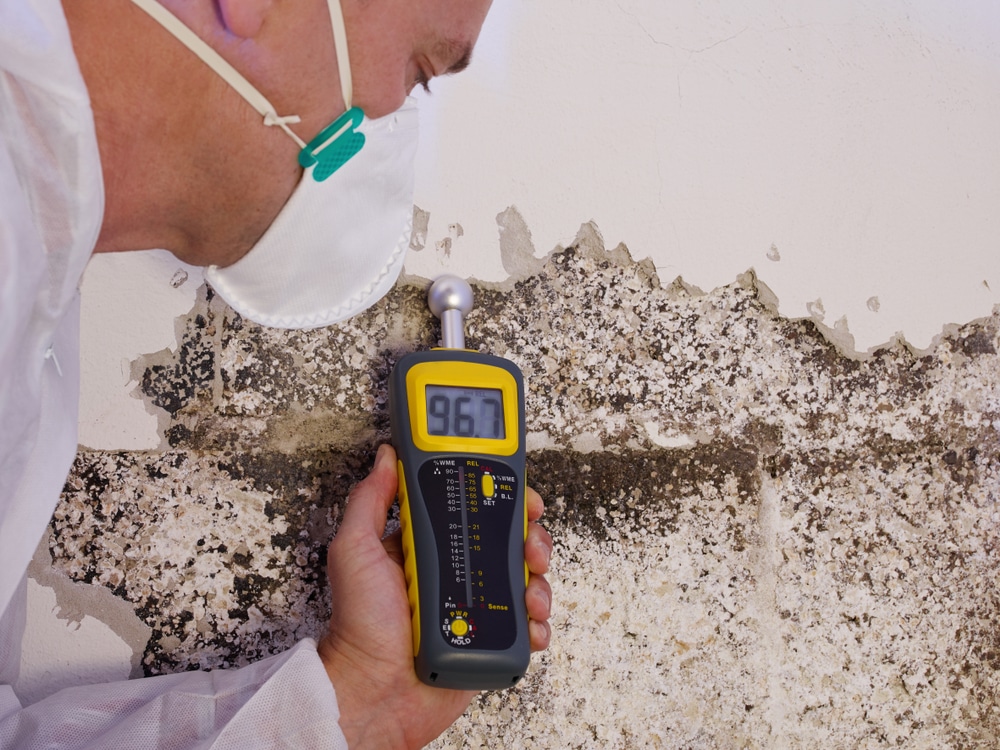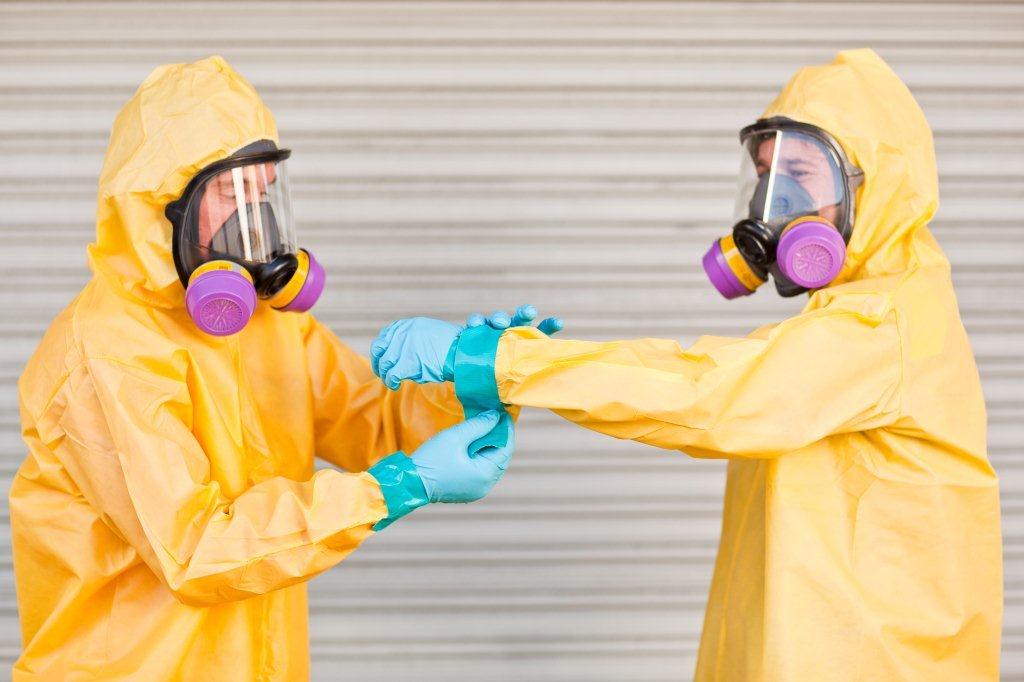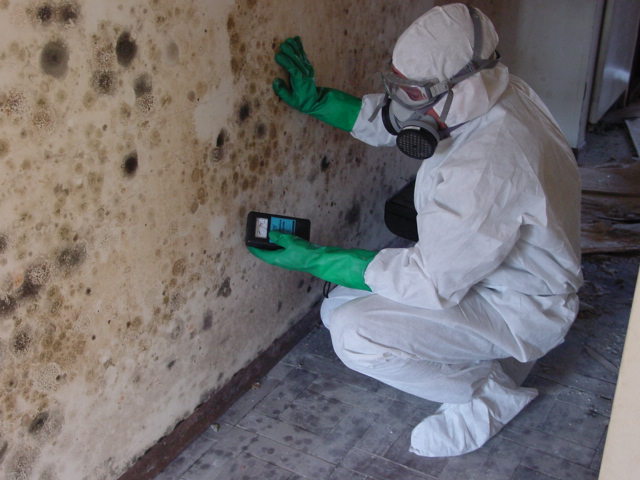Mold testing equipment is an essential tool in identifying and assessing the presence of mold in indoor environments. From homes to offices, mold can quickly become a health hazard if left untreated.
By using various types of mold testing equipment, professionals can accurately detect and measure the levels of mold spores in the air or on surfaces. This information is crucial in determining the extent of mold contamination and developing an effective remediation plan.
In this comprehensive guide, we will explore the different types of mold testing equipment available, their uses, and how they can help safeguard your indoor spaces from mold-related issues.
Introduction to Mold Testing Equipment

Welcome to our comprehensive guide to mold testing equipment! In this article, we will explore the types and uses of various tools and devices used in the process of testing for mold in indoor environments.
Mold testing equipment plays a crucial role in identifying and assessing mold contamination, helping homeowners and professionals determine the presence of mold and the appropriate remediation measures to take.
From air sampling devices to moisture meters and thermal cameras, there are a variety of tools available for accurate and effective mold testing. Read on to learn more about the different types of mold testing equipment and how they can be utilized in the detection and analysis of mold growth in homes and buildings.
Types of Mold Testing Equipment

When it comes to mold testing equipment, there are several types available to suit different testing needs. One common type is a moisture meter, which is used to measure the moisture content in materials where mold may be present. Another important tool is a thermal imaging camera, which can detect temperature differences that indicate potential moisture issues.
Air quality meters are also commonly used to test for mold spores in the air, while particle counters can help identify the presence of mold particles. In addition, swab and tape lift samples can be taken and analyzed in a lab to determine the type and concentration of mold present. Overall, having the right mold testing equipment is crucial for accurately assessing and addressing mold issues in indoor environments.
Uses of Mold Testing Equipment

Mold testing equipment plays a vital role in identifying and assessing the presence of mold in indoor spaces. These tools are used by professionals to collect samples for analysis, measure humidity levels, detect moisture, and identify the types of mold present. By utilizing mold testing equipment, individuals can pinpoint the source of mold growth, determine the extent of contamination, and develop an effective remediation plan.
From air sampling pumps to moisture meters, these instruments provide valuable data that can help prevent health issues related to mold exposure and ensure a safe and healthy environment for occupants. Whether in residential, commercial, or industrial settings, mold testing equipment serves as a crucial tool for maintaining indoor air quality and protecting the well-being of individuals.
Conclusion

In conclusion, mold testing equipment plays a crucial role in ensuring the safety and health of indoor environments. By utilizing various types of equipment such as air quality meters, moisture meters, and thermal imaging cameras, professionals can effectively detect and identify mold growth. Whether conducting a routine inspection or responding to a specific issue, having the right tools at hand is essential for accurate and thorough testing.
Companies like Mold Inspection Tampa provide comprehensive services using state-of-the-art equipment to help homeowners and businesses address mold concerns effectively. Investing in quality testing equipment and working with certified professionals can ultimately lead to a healthier and mold-free living or working environment.




